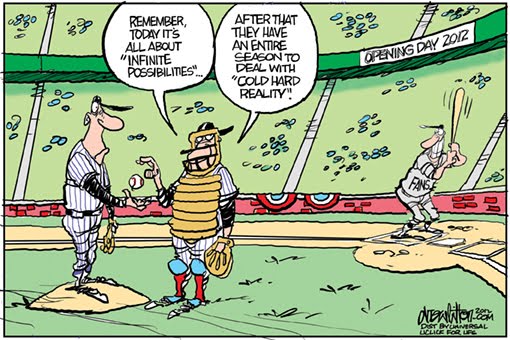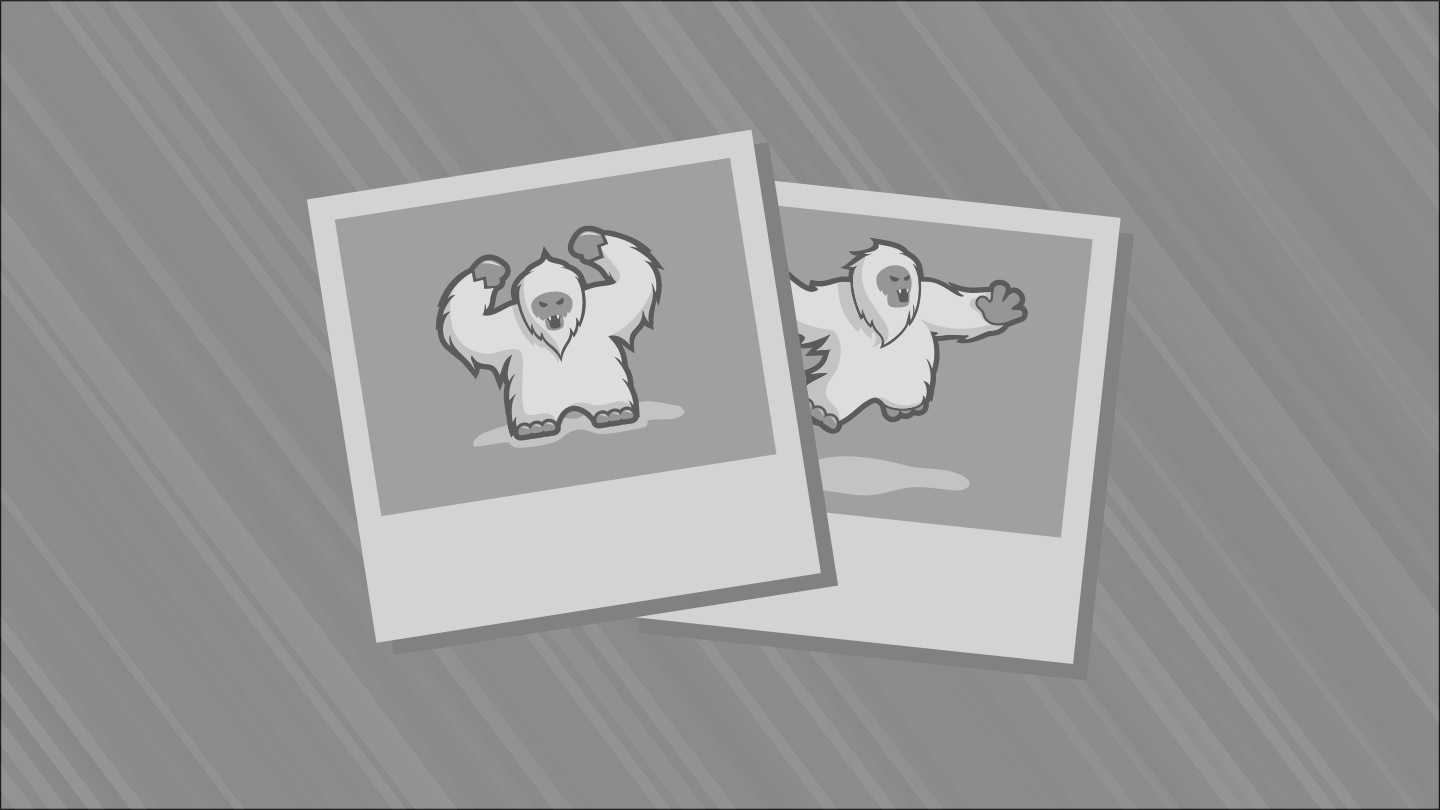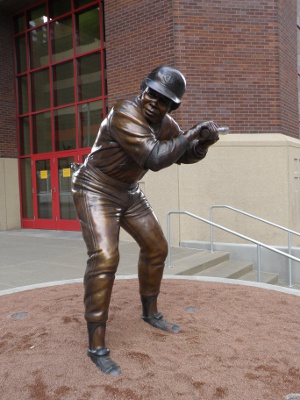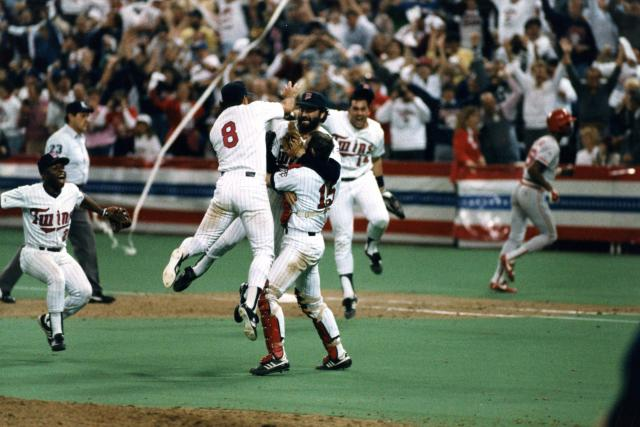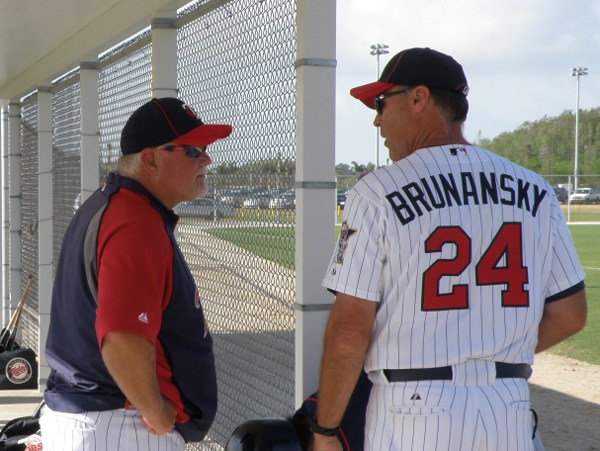It was October 14, 1965.
It was Game 7 of the 1965 World Series and the Los Angeles Dodgers sent Sandy Koufax to the mound to face the Minnesota Twins and Jim Kaat. Both pitchers were starting on two days’ rest.
That’s right. TWO days’s rest. The two pitchers had faced one another in Game 5 in Los Angeles.
Thanks to Jesse Lund of Twinkietown.com, I spent my late afternoon and early evening thoroughly enjoying a walk down memory lane while watching the video below. It’s the 1965 Game 7 in its entirety.
Ray Scott, who was one of the voices who brought the Twins in to my room so many nights as a child through the magic of a transistor radio, had the play-by-play of the first four and a half innings and Vin Scully took it from there. Scott returned for the bottom of the ninth as Scully made the trek to the Dodgers clubhouse for the postgame interviews. (You don’t want to miss his interview of Koufax after the game near the end of the video.)
A few interesting things I noticed as I watched that brought back so many memories of the games from my childhood. Some are things you certainly don’t see or hear any more, others are just interesting given the context of the times:
- The voice of Twins PA announcer Bob Casey and the sound of jets flying low overhead at Metropolitan Stadium
- “Around the horn” that features every infielder, including the catcher, involved.
- Scott mentioning that Tony Oliva was not wearing a glove when he batted. Today, broadcasters mention that occasionally when the rare player comes to the plate without batting gloves. In Oliva’s case, it was notable because Oliva had become one of the first (if not the first) players to wear a glove on one hand when he hit because of his tendency to lose control of the bat and fling it down the first base line or even in to the crowd when he swung. In fact, Oliva would lose his bat twice in Game 7 without the glove.
- The bats appear so big. Thick handles, with so many players choking up an inch or more.
- Many players tossed aside their batting helmets once they reached base and just ran the bases wearing their caps.
- Umpires occasionally would inspect the baseball, but seldom tossed it out. Almost the only outs or foul balls that didn’t get thrown back to the pitcher for continued use were balls hit in to the stands.
- Check out the height of that pitchers mound. In 1965, the mound supposedly had a height limit of 15 inches. There’s an interesting comment from Dodgers manager Walt Alston about how the Dodgers mound at home had a steeper drop off. In fact, it was rumored that the Dodgers’ mound at the time was closer to 20 inches high. Beginning, I believe, in 1969, the height was reduced to 10 inches maximum and the grade was required to be a uniform 1 inch per foot from the rubber to the front of the mound.
- The positioning of the umpires. Those guys got right on top of the call. Tony Oliva made a diving catch in the top of the first inning and the umpire ends up standing right in front of where he’s lying on the ground. Base umpires, similarly, are right on top of calls at first and second base.
- In the top of the second inning, Scott mentions that Kaat does some radio broadcasting work locally during the offseason. Of course Kaat has gone on to a long, successful career in the broadcast booth, which continues today.
- The mention, early in the game, that Koufax had thrown 336 innings in 1965, striking out 382 and walking just 77. Of course, Koufax would throw over 300 innings again in 1966 (making three times in a four year period) and retire with “arthritis” in his pitching elbow at the ripe old age of 30.
- Twins Manager Sam Mele had two relief pitchers warming up at the very beginning of the first inning, just in case Kaat got in to early trouble.
- A mention, when Kaat came to the plate for the first time, that he was “very fast,” and that Mele would occasionally use him as a pinch-runner and that Kaat liked to bunt for a base hit.
- Al Worthington, the “Twins top reliever” (per Ray Scott), began warming up in the third inning and relieved Kaat with no outs in the fourth. I bet if you had suggested to Mele that he needed to save Worthington to “close” at the end of the game, he’d have thought you were nuts. By the way, it worked. Kaat gave up 2 runs before being relieved and Worthington came in with two on and no outs and didn’t let anyone score. The Twins bullpen shut out the Dodgers for the final six innings.
- Kaat and other Twins pitchers waited on the mound until the relief pitcher walked in from the bullpen before walking off the mound to the dugout. We know this to be true because there were no commercial breaks during the pitching changes, only between innings.
- Before the bottom of the third inning, Scott does an NBC promo for the network’s weekend slate of “American Football League” games, which, according to Scott, would be televised, “live, mostly in color.”
- NBC had instant replay, but it obviously was very limited. There might have been five replays shown the entire game.
- Finally, as a precursor of what was to come years later, even as a third base coach, Billy Martin couldn’t resist getting in to bit of a rhubarb with the plate umpire during the bottom of the third when he felt Koufax wasn’t coming to a complete stop from the stretch (and Martin was right, by the way).
Those are just a few of the things I found interesting.
For Twins fans of my generation, the video is two and a half hours well spent, despite the result of the game. Just getting to see Oliva and Killebrew at the plate again is pretty special.
For the rest of you, it’s still some history worth seeing one time.
– JC


